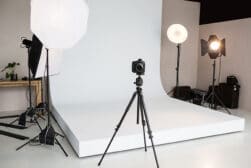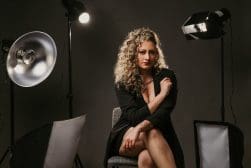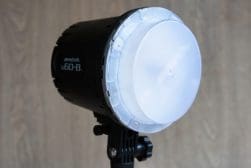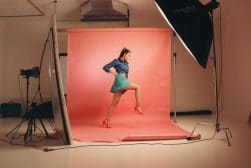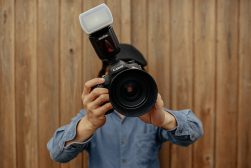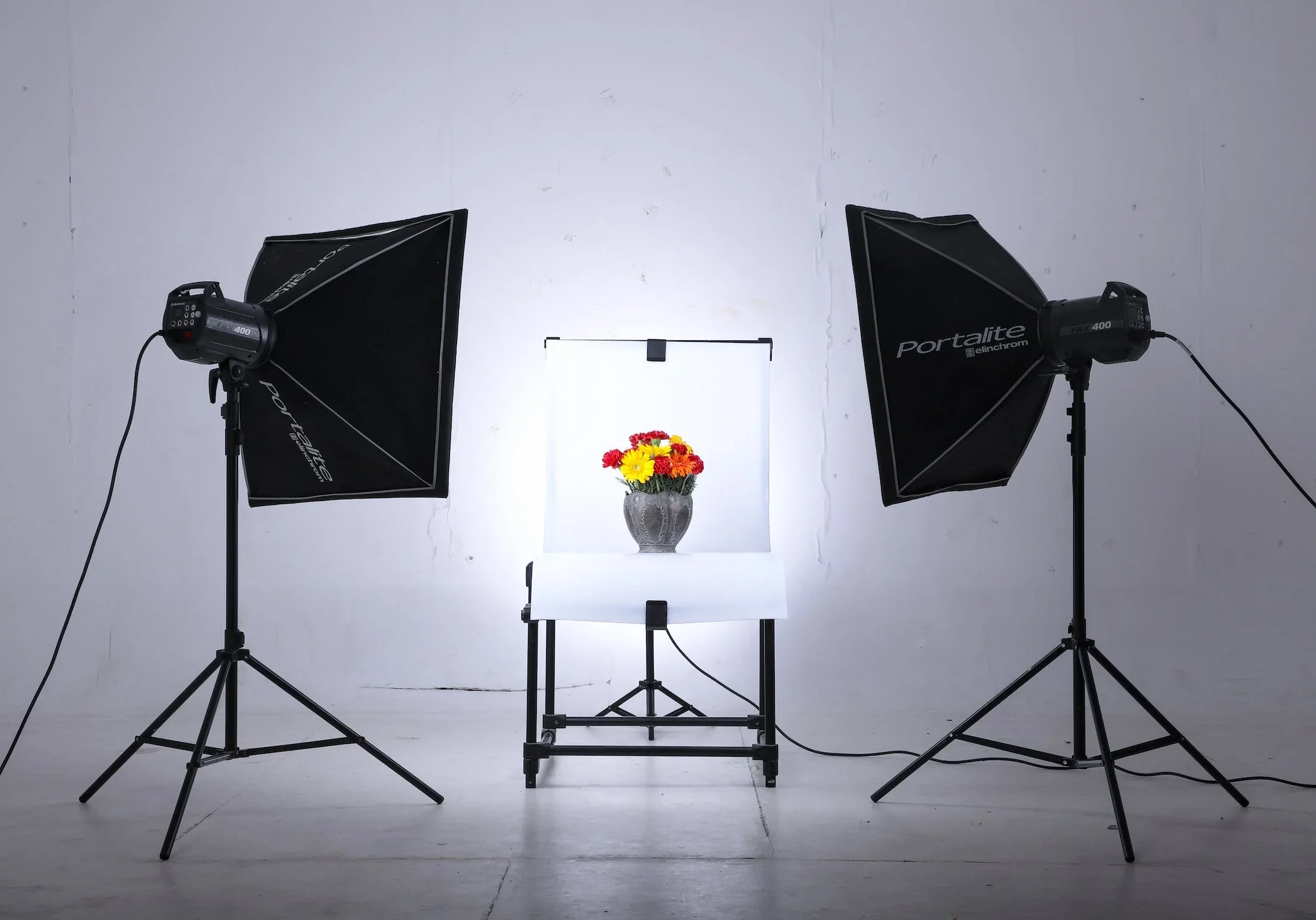
Photographer’s Guide to Light Modifiers (With Pro Tips)
Explore this essential guide for photographers on using light modifiers to enhance their shots, from softboxes to reflectors and gels.
Learn | Lighting Guides | By Brenda Bergreen
Welcome to this photographer’s guide to light modifiers, where we’ll talk through different types of light modifiers and how to choose between them.
As you know, light is a big part of photography, so in addition to being able to see and capture light, we need to be able and willing to modify it when necessary.
Having shot a variety of photography genres, I’ve been exposed to a wide range of light modifiers – some more useful than others.
Being primarily a wedding photographer for the past decade, I’m used to working in many uncontrollable lighting scenarios where I try nevertheless to control the light as much as I can.
In this article, we’ll talk through the various light modifiers you might have come across, as well as what they’re used for.
From there, you’ll learn how to select an appropriate light modifier for your needs, as well as how to master it.
I’ll even share some thoughts on how to DIY light modifiers if you’re in a pinch.
Don’t be overwhelmed by the quantity of ways that you could learn to modify light, but rather focus sharply on the one that will enhance your photographic vision.
What Are Light Modifiers?
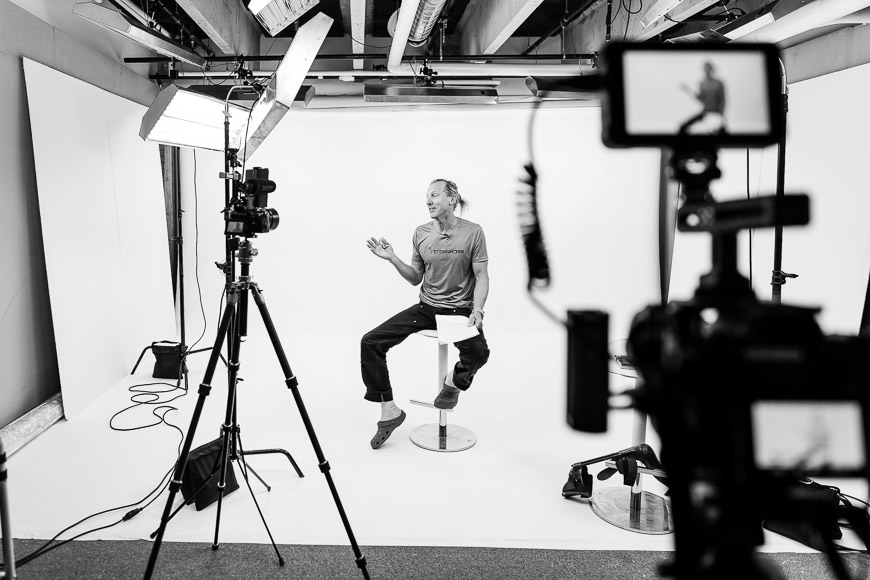
Light modifiers are exactly what they sound like: ways to modify, alter, and control the characteristics of light.
Photographers use light modifiers to shape, direct, soften, diffuse, recolor, or enhance the quality of light.
The use of light modifiers helps photographers control the resulting image.
Light modifiers are tools or accessories that can be attached to or used with either artificial light sources like strobes and speed lights or natural light sources like the sun.
When you see an image with incredible soft light, it shows the prowess of the photographer when it comes to understanding light.
(Either that or they got lucky and stood in front of beautiful window light!)
In this section, we’ll discuss different types of light modifiers and why you might use them in your photography.
- Also check out our beginner’s guide to photography lighting techniques.
Types of Light Modifiers
Below is a long list of light modifiers, from popular ones like softboxes to niche tools like light tents.
Softboxes are large rectangular boxes that diffuse light to create soft and even illumination.
Octaboxes are softboxes with an octagonal shape to provide a more round catchlight.
Strip boxes are long, narrow softboxes that are used for rim lighting or to create an elongated catchlight.
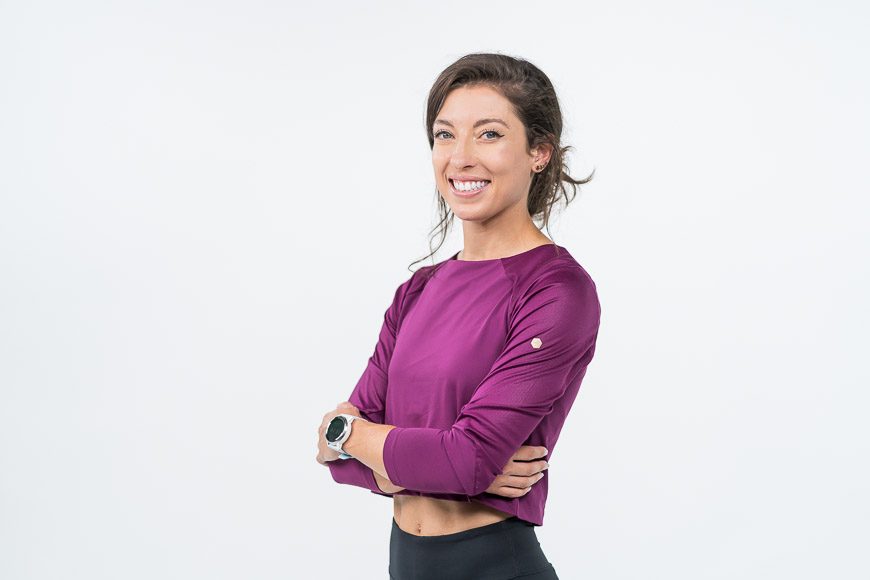
Umbrellas spread and soften the light by providing a broader and softer source, either by shooting through them or reflecting off of them.
How Much Do You REALLY Know About Photography?! 🤔
Test your photography knowledge with this quick quiz!
See how much you really know about photography...

Grids attach to lights to control and narrow the spread of light to prevent spill and create a focused light.
Honeycomb grids are grids with a honeycomb pattern.
Snoots narrow the beam of light, both controlling the direction of light and providing a spotlight effect.
Barn doors are flaps that are attached to lights and used to control the direction and shape of the light beam.
Beauty dishes are circular deflectors that soften light while maintaining contrast.
Ring lights are circular light sources that surround the camera lens.
Gels are color filters that are placed over lights to control the color, either for creativity or color balance.
Reflectors are flat, often collapsable, surfaces that come in a variety of materials and are used to bounce and redirect light onto a subject.
Diffusors are translucent materials placed in front of a light source to scatter and soften the light.
Light tents are cube-shaped structures with diffusive walls that are used to provide even light around a subject.
Bounce cards are cards that bounce the light towards your subject. You can also use surfaces like walls or ceilings to bounce light in a different direction.
Why Use Light Modifiers
Using light modifiers helps you control the light and shadows of your images.
As a photographer, it’s important to understand the various qualities of light, such as color, hardness, angles, and intensity.
Understanding those qualities will help you see light well enough to capture a better photograph.
If you want to take it a step further beyond understanding, being able to create those qualities of light will reduce the limits on your ability to capture light in your photography.
Now, instead of capturing light in your photographs, you become the creator of it.
And a creator of light can certainly create dynamic and inspiring photographs.
If you need a refresher on the importance of light and shadows in photographer, the video below will walk through understanding it so that you’ll eventually be able to create your own with the light modifiers listed above.
Choosing the Right Light Modifier
When it comes to choosing the right light modifier, there are several factors to consider, including what your goal is and how you work.
First, you’ll want to select the right type of modifier to help you achieve the desired result.
Then, you can narrow down your choices based on which modifiers generally work best for your photography genre.
Finally, you’ll consider more details, such as size and shape, when selecting which specific brand of modifier to use.
Light modifiers provide photographers with a versatile set of tools that you can use to control light.
You can manipulate and shape light according to your will.
However, each light modifier takes a level of understanding to use, so you’ll want to be able to identify which ones are beneficial to your photography style.
Light Modifiers by Goal
As I alluded to above, you can narrow down your light modifier choices by identifying your goal of controlling the light.
Modifiers like softboxes and umbrellas are designed to soften harsh light by reducing shadows and creating a more flattering and even light.
If your goal is a flattering portrait with soft light, you might consider a softbox or umbrella.
Grids, snoots, and barn doors help control the direction and spread of light.
Therefore, if your goal is to spotlight a subject while preventing spillover onto areas you don’t want to be illuminated, you might choose one of these modifiers made for directional control.
Gels are the right choice of light modifiers for color modification and are used to balance different light sources or change color for creative impact.
And if you have a specific goal, like enhancing particular features of your subject, you might employ a beauty dish.
Light Modifiers for Different Photography Genres
As you can imagine, specific light modifiers were developed for specific genres of photography, making them either perfect for your needs or more of a hindrance than a help.
This section will help you select light modifiers based on your specific needs.
For example, it might be hard to use big softboxes if you tend to shoot outside on a windy day.
Let’s dissect what light modifiers might be useful depending on your photography genre.
In studio photography, you have a lot of flexibility in using light modifiers because you have control of the situation.
Studio photographers often use umbrellas, softboxes, strip boxes, and grids or snoots for background lights.
If you’re shooting portraits or fashion photography, you might use beauty dishes in addition to softboxes or umbrellas.
In contrast, if you’re shooting product photography, you might use light tents or reflectors.
If, instead of shooting indoors in a controlled environment, you’re an outdoor or natural light photographer, you might be more likely to use reflectors to bounce sunlight onto your subjects, filling shadows.
Or you might use diffusers to soften strong sunlight to reduce harsh shadows.
Select outdoor photographers might also use artificial lights, in which case they may use grids or snoots to spotlight a subject.
It’s unlikely for an outdoor photographer to use anything too cumbersome or bulky that might not work well in an uncontrolled environment.
Event photographers like wedding photographers might use anything from an on-camera flash with a diffuser to off-camera flashes with umbrellas, softboxes, or grids.
Macro photographers often use ring lights to provide uniform soft light that reduces shadows and emphasizes detail.
Factors to Consider
In this section, we’ll explore a few more factors to consider when choosing a light modifier. This can help to make the overwhelming shopping experience a little smoother.
Light modifiers come in various shapes and sizes, which in turn influences the shape and size of the light source.
This interplay between light modifier and light source then goes on to impact the way light interacts with your subject.
The first thing you’ll probably need to determine is the mount capability of your modifier with your lighting equipment.
It’s no use having a modifier that doesn’t work with your lights.
Wait – let’s go back. First, you probably need to assess your budget and make sure you’re investing in modifiers that suit your needs while providing good quality and ROI,
From there, you can refer back to the section above about what type of photographer you are to ensure that the ease or setup and portability of your modifiers are compatible with how you work as a photographer.
A complex setup might not work for you if you’re an on-the-go photographer, neither would a very large setup
In addition to size based on how you work, you’ll want to choose the appropriate size based on your subject.
For example, you might need a bigger umbrella for a larger group than for a single portrait.
In addition to size, you may want to consider shape. As I mentioned, there are several shapes of softboxes with different results.
Lastly, you’ll want to consider material since you might want something reflective for bouncing or shoot-through for diffusing.
A silver reflector will reflect a strong, contrasty light, while white will create a soft, diffused effect.
How to Use Light Modifiers Effectively

In this section, we’ll discuss using light modifiers effectively, which will involve understanding their characteristics and creatively applying them to your photography goals.
To use light modifiers effectively, you’ll need to know your modifier as well as how to position it in terms of angles and distance.
You’ll also want to be able to combine modifiers for creative effects while paying attention to ratios and controlling spills.
Let’s walk through these different aspects of using modifiers effectively to control light in your photographs.
Know Your Modifier
The first step in using the modifier effectively is to understand how your specific modifier works.
Learn how the modifier affects the quality, direction, and intensity of the light.
The more you understand what your modifier does to the light, the more you’ll be able to get creative with it.
Effective use of light modifiers involves a balance between technical knowledge and creative experimentation.
Once you understand how to use your light modifier, don’t hesitate to try new combinations and techniques to discover possibilities.
Positioning and Angles
One of the first things to do is to learn how to position and angle your light modifiers to achieve the desired lighting effect.
You’ll want to experiment with different angles and positions for your light source; changing the angle can dramatically alter the shadows and highlights on your subject.
The distance between your subject and the light modifier will also impact the intensity and quality of light.
Experiment with different distances to achieve the desired results.
From there, you can take it a step further to get more creative.
You may want your light source to appear as though it’s coming from a natural source such as the sun, in which case you would match the angle so the shadows are consistent.
The inverse square law states that the intensity of light is inversely proportional to the square of the distance from the source.
Understanding the inverse square law and how it applies to light falloff will help you control the spread of light.
- Read more about how to use light and shadow in photography.
Combining Modifiers for Creative Effects
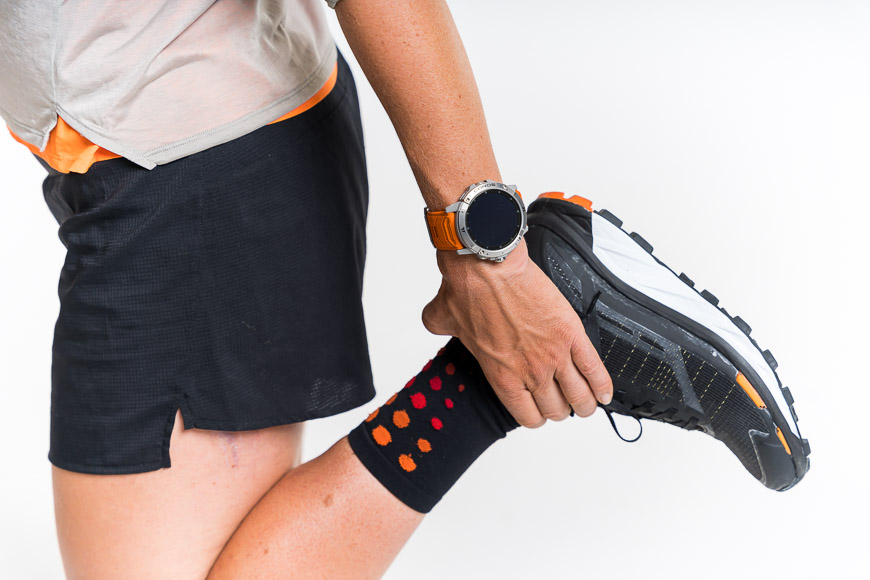
You may want to combine different modifiers for creative and unique lighting setups.
My suggestion is to start with your main goal and then try building on from there.
For example, you might start with your plan for lighting the subject and then add something to it.
From there, you might consider how you plan to light the background.
You can use an umbrella to provide the main light source on a subject and a reflector on the opposite side to fill in shadows.
Then, you decide to use a colored gel on a light on the background to separate the subject from the background that way.
Or, if your goal is to create a focused light on your subject, you can attach a snoot, and then you might add a color gel to create a colored highlight.
You might set up multiple umbrellas with varying angles or use a beauty dish with a rim light or diffusers with reflectors.
Experimentation with different combinations of light modifiers will allow you to discover new possibilities.
Don’t be afraid to try unconventional setups – sometimes we learn the most from things that don’t work.
Only then do we discover something unexpected that does work.
Known Your Light Ratios
It’s important to think about light ratios and understand the balance between the main light and the fill light.
You’ll need to adjust the power of your modifiers to achieve the desired contrast and mood in your images.
As you combine modifiers, you’ll want to make sure you adjust the power properly so that the interplay between your various lighting sources achieves the result you’re going for.
Controlling Light Spill
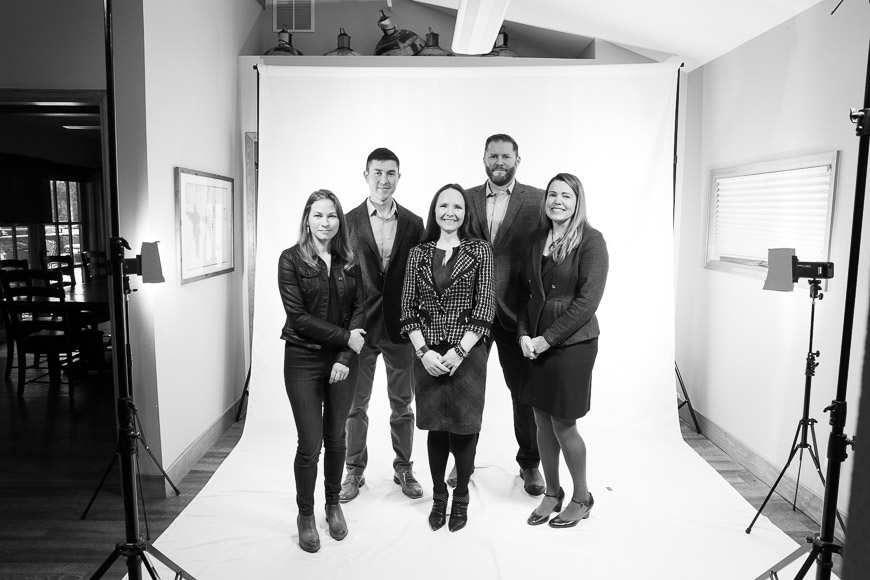
One of the things to be aware of with modifying light is controlling when it does more than what you asked.
You just wanted to light your subject, but now that darn beam spilled onto something unsavory in the background.
Therefore, it’s important to learn how to control light spills so that you don’t get unwanted lighting.
Once again, the first thing it comes down to is selecting the right modifier for your intention.
Grids, snoots, and barn doors all aim to control the direction of light and minimize spills by narrowing the beam.
But just slapping a grid on isn’t necessarily enough.
You’ll need to position the lights appropriately for your modifiers to work as intended.
This means you’ll want to be mindful of the angles and distances between the light source and your subjects to minimize unwanted reflections and spills.
If you’re using a softbox, you may need to move it further away to prevent spills, whereas when using a grid, you may want it closer to your subject and at an angle where it doesn’t spill on your background.
Sometimes, you can move the background further from the subject, which also helps minimize spill because if the background is far enough away, the light won’t reach it.
You might need to combine a few of these strategies to control spill light in your specific circumstances.
Don’t Forget About Shadows and Highlights
When it comes to leveling up your photographs, you’ll want to think beyond the main light source to the overall composition and impact of the image.
You can use modifiers to control and shape highlights, either minimizing them or enhancing them depending on your goals.
Shadows can add depth and drama to your images, so you’ll want to think beyond light and use modifiers to control the placement and intensity of shadows.
You can use artificial light to enhance natural light, creating a harmonious blend and natural-looking results.
Instead of aiming the light directly at your subject, you can try feathering the light by directing it slightly away to create a softer transition between the light and shadows.
Using light modifiers, you can sculpt your subject, enhancing the contours with key lights, fill lights, or reflectors.
Light modifiers take photography beyond the click of a shutter, making you, the photographer, a sculptor or painter, as you not only capture what you see with your eyes but create what you see in your imagination.
DIY Light Modifiers
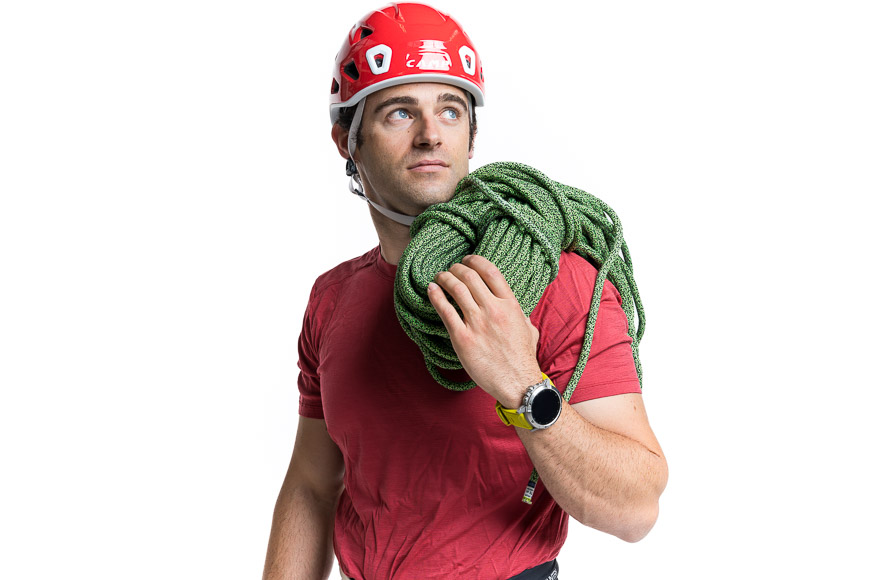
While there are a wide variety of light modifiers on the market for as many scenarios as you can imagine, we photographers sometimes love to DIY the perfect solution for our own needs.
In addition, the best way to learn about something is by building it yourself.
DIY (Do It Yourself) light modifiers can be a fun and cost-effective way to enhance your photography equipment.
Sometimes, you need a specific modifier for a one-time project, and it might not be worth purchasing something fancy.
A DIY solution will often do the trick, even if it doesn’t always look pretty.
Whether you’re on the spot with a client who has a request for something you don’t have the gear for, or you’re just looking to play, below are a few DIY light modifiers for those on a budget.
Creating Your Own Modifiers
A homemade snoot is a simple modifier to make where all you do is roll something like cardboard into a tube shape and tape it around your light source to focus the beam.
For a DIY reflector, all you need is foil glued on a piece of cardboard to bounce light onto your subject.
Gel filters are another easy one if you have some colored transparent sheets of plastic or paper that you can tape over your light source.
You can create a DIY diffuser by hanging a sheet between your subject and a light source.
To build a homemade softbox, you’ll need a cardboard box, a white sheet, aluminum foil, and a white poster board.
You’ll cut out one side of the box, line the interior with the foil, and cover the opening with the sheet.
Summary
Light modifiers are a great way to take your photography to the next level by creating the type of light you want.
Modifying light feels like a great way to give yourself more control of the scene you are photographing.
Now, you don’t need to limit yourself to what’s available to you.
Instead, you can create whatever your imagination suggests by employing a variety of light modification techniques.
It allows you to do something different, unique, and unexpected.
It also allows you to do something consistent and predictable, like take a solid, nicely-lit portrait.
By learning about modifiers, even the ones you might never use, you’re expanding your knowledge and understanding of light, which is a great way to level up your photography skills.
Hopefully, you gleaned some knowledge from this article about a modifier you might want to try or one you might want to build at home.
Now, go create some light!

Check out these 8 essential tools to help you succeed as a professional photographer.
Includes limited-time discounts.





